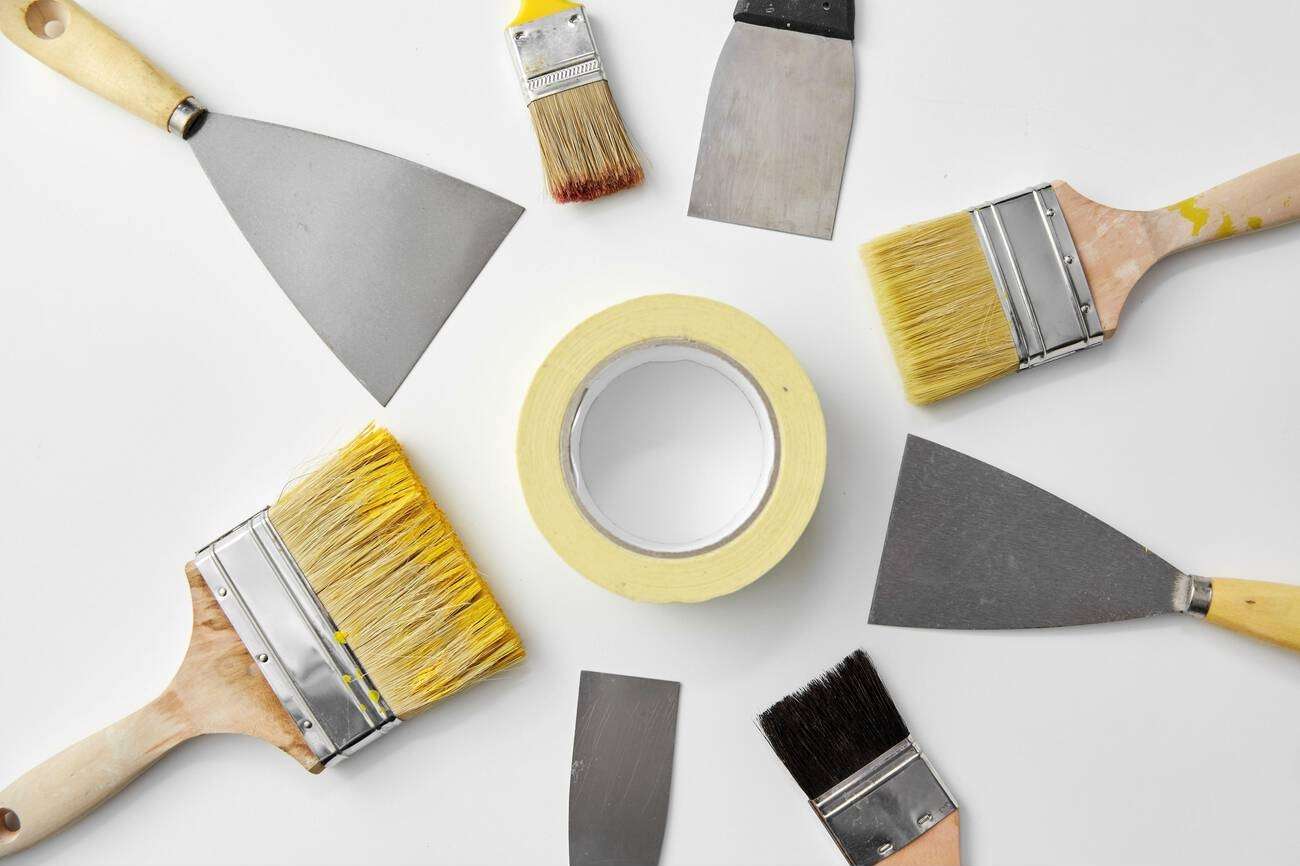
Jun 6,2024
Painting projects often require more than just brushes and rollers. One essential tool in any painter's arsenal is the putty knife. But have you ever wondered about the materials that make up these versatile tools? In this comprehensive guide, we'll delve into the world of paint putty knife materials, exploring everything you need to know to choose the right one for your next project.
Although painting a room can be intimidating, having the correct equipment helps. Among these tools, the humble putty knife is a versatile ally in achieving smooth, professional-looking surfaces. However, not all putty knives are created equal. The material they're made of can significantly impact their performance and longevity.
Putty knives, or spackle or scraper knives, are flat, thin tools used primarily for scraping off old paint, spreading putty or spackle, and smoothing surfaces before painting. They come in various sizes and shapes, with the blade being the most crucial component.
Putty knives are made from different materials with unique properties and advantages. The most common materials include stainless steel, carbon steel, plastic, flexible materials like rubber or silicone, and even titanium.
Stainless steel putty knives are highly durable and resistant to rust and corrosion, making them ideal for indoor and outdoor use. Their smooth surface allows easy cleaning and helps prevent rust buildup, ensuring longevity.
Carbon steel putty knives are known for their strength and flexibility. They are less prone to bending or breaking, making them suitable for heavy-duty scraping and spreading tasks. However, they require more maintenance to prevent rust, as carbon steel is more susceptible to corrosion.
Plastic putty knives are lightweight and affordable, perfect for small, quick jobs. They are also less likely to damage delicate surfaces, making them ideal for precision tasks. However, they may not be as durable as metal knives and must be replaced more frequently.
Flexible putty knives, often made from rubber or silicone, are excellent for smoothing curved or uneven surfaces. Their flexibility allows for exceptional maneuverability, making them ideal for intricate work. However, they may not be suitable for heavy-duty scraping tasks.
Titanium putty knives combine steel's strength with titanium's lightweight properties. They are incredibly durable and corrosion-resistant, making them an excellent choice for professionals or frequent DIYers. However, they tend to be more expensive than other options.
When selecting a paint putty knife, consider the specific needs of your project. For general-purpose use, stainless steel or carbon steel knives are reliable options. Plastic or flexible knives may be more suitable if you require precision or need to work on delicate surfaces. Investing in titanium knives can provide unmatched durability and performance for professionals or those tackling extensive projects.
Regardless of the material, proper care and maintenance are essential to prolonging the life of your paint putty knives. After each use, clean the blade thoroughly to remove any paint or debris. Store them in a dry place to prevent rust or corrosion, and periodically inspect them for signs of wear or damage. With regular maintenance, your putty knives will continue to serve you well for years.
Paint putty knives are indispensable for any painting project. They offer versatility, precision, and durability. By understanding the materials available, you can select the ideal knife for your unique requirements and guarantee consistently excellent outcomes.
1. What is the best material for a paint putty knife?
Stainless steel and titanium are among the best materials for paint putty knives due to their durability and resistance to corrosion.
2. Can plastic putty knives be used for scraping off old paint?
While plastic putty knives are less durable than metal ones, they can still be used for light scraping tasks. However, they may wear out more quickly.
3. How often should I clean and maintain my paint putty knives?
It's good practice to clean your putty knives after each use and inspect them regularly for any signs of wear or damage. This helps prolong their lifespan and ensures optimal performance.
4. Are flexible putty knives suitable for smoothing uneven surfaces?
Yes, flexible putty knives are ideal for smoothing curved or uneven surfaces, thanks to their ability to bend and flex as needed.
5. Can carbon steel putty knives be used outdoors?
Carbon steel putty knives are durable but more susceptible to rust and corrosion than stainless steel or titanium knives. It's best to avoid prolonged exposure to moisture or humidity.